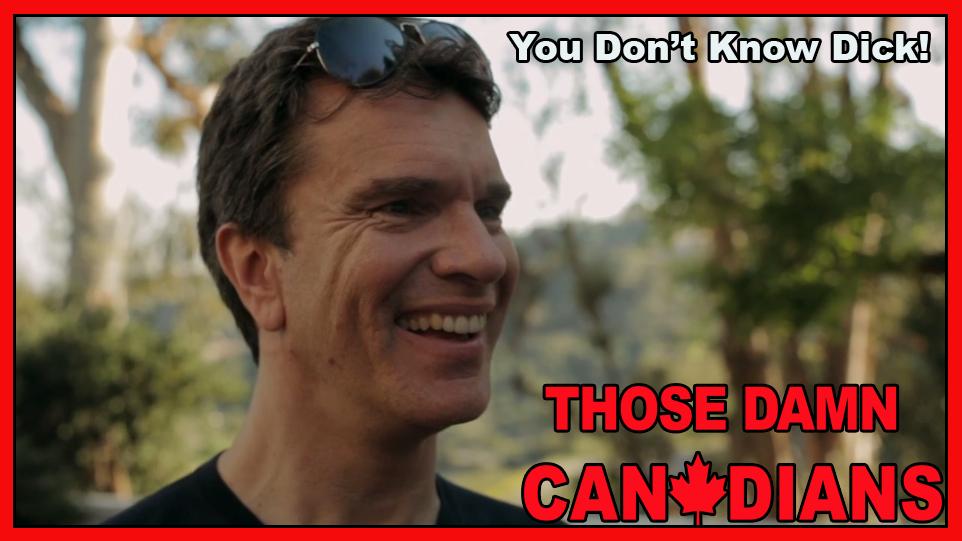It’s been a difficult Summer in Hollywood.
Now, the lead up to any new season is always fraught with uncertainty and concern. But there seems to be far more of it this time around.
For although the traditional Fall launch of programs has been diminished by a now year round debut of new programming, the major networks have still been preparing to drop 20 new series onto the airwaves over the next two months.
Twenty new hours and half hours. Some replacing series that had run their course to be sure, but most taking the slots of other new shows which foundered during what is widely considered a disastrous 2014-2015 season.
During the recent TV Critics preview of the coming attractions, FX network’s CEO John Landgraf expressed concern that there was now “Too much good TV”, which precipitated a lot of the media to suggest we have reached “Peak TV”, meaning that there are simply too many quality shows for anyone to see them all.
And somehow that’s a bad thing?
Let’s be real. This is less about what we’re watching than where we’re watching it –- and who controls what’s being served.
You have always had to be good to get an audience. But now you have to be even better.
In Hollywood this apparently means, the network has to exert even greater corporate control over what is produced.
Therefore, the normal interference in pilots has increased exponentially. So far, four highly anticipated new series have replaced their show runners, with one operating with two separate writing rooms, the original writing team being kept around in case the new one stumbles.
In addition, ten freshman series have replaced members of their casts, sometimes multiple members, and in one case both leads, necessitating either full or partial reshoots of their pilots.
Moreover, not much beyond the first couple of episodes of anything is being shot. I guess the thinking is, there will always be time to scramble if an audience actually shows up.
Now on an economic level, and with the exorbitant cost of tinkering with a series aside, this panic is a result of the changing showbiz reality.
Viewers not only have the option now of getting their series fix from Netflix or Amazon, but they are cutting the cable cord in record numbers and advertisers are going elsewhere.
Here in Canada, a record 240,000 homes opted to do without a cable subscription in 2014, a number expected to grow significantly in 2015. Meanwhile, revenue at the national broadcaster dropped 56% in the last quarter alone.
Therefore, as much lip service has been given lately to the “singular vision” of a showrunner, that concept has been deep-sixed in favor of the kind of constant meddling that seldom produces good television.
William Goldman’s famous adage “Nobody knows anything” has now been joined by something far more threatening. “Anybody can do this”.
Back in the day, network executives would append impossible or self-serving notes with a nod to your talents and the suggested trust they still had in your abilities by saying, “Hey, if it was easy, anybody could do it”.
Deep down you sensed that anybody could do a watchable show that delivered a rewarding viewing experience ESPECIALLY if they weren’t working for people who changed their minds all the time and were shackled to quarterly earnings reports.
And now, thanks to rapidly developing technologies and a growing number of talented people who don’t fit the network profile, a lot of anybodys are making very watchable shows.
And it’s not just Netflix and Amazon who are finding them. Some just put the stuff out there all on their own.

Sara Botsford, Chris Brown and the talented crew and “not quite ready for prime time” cast initially funded themselves on Kickstarter to produce a web series entitled “Those Damn Canadians” which has now moved into its second season.
The webcast, which follows the trials of a group of creative ex-pats in LA, is just as funny as many network offerings with greater production value than most of the stuff which gets government funding in Canada.
I’m not sure how they survive while doing it and while some might consider webcasts small potatoes, each one (and there are thousands out there) takes a set of eyes away from prime time programming by providing what works for an audience rather than a network marketing plan.
Meanwhile, what once was dismissed as “fan-fiction” or “nerd porn” is challenging several well-known franchises. Again without money, without a regular time slot or distribution deal and certainly without big picture executive thinking.
In Hollywood parlance, these films are now referred to as “unauthorized projects”. And far fewer are receiving cease and desist letters from studio legal departments. That’s because of a growing awareness that rights holders can’t afford to piss off the fan base of any lucrative franchise.

Recently, LA based Axanar Productions released a half hour “Star Trek” spin-off entitled “Prelude to Axanar” subsequently raising a half million dollars to produce a feature version that probably can’t be exploited financially.
This suggests one of two possible outcomes.
The first, that “Star Trek” rights holders will strike a deal to share in the exploitation of Axanar’s product despite having no input in its creation. Or –- that the people who created this film will use it to launch an original concept of their own, again without the need of studio/network oversight.
Either way, creatives and audiences benefit, while the need for product to be micro-managed disappears.
These examples and the possibility of even greater consumer empowerment next week with the reboot of AppleTV, suggest that we’re far from Peak television and on the verge of seeing the last of the decrepit and outmoded network model for making it.



No comments:
Post a Comment